Saul Kaplan: Emerging Tech Is Society’s Shadow Future
Thursday, June 11, 2015

Nascent is a beautiful and optimistic word. Emerging technology stories are about capabilities in their formative stage when they are most malleable and offer the greatest possibility frontier. Nascent technologies are the stem cells of society’s future. There’s a reason so much biology research focuses on stem cells. Stem cells are undifferentiated; they have the potential of becoming differentiated into most other kinds of cells. The hopes of human regenerative medicine lie on stem cell research and application. I’ve always been fascinated by the salamander, the highest order animal capable of regeneration. When a salamander loses or injures a body part stem cells rush to the cite enabling it to regenerate the body part. It’s amazing. Nascent technologies are undifferentiated, they have unlimited potential for regeneration to unleash incredible value. We live in a magic time when technology is no longer a limiting factor in solving the big social challenges we face. It’s on us humans to unleash our inner newts!
A must-have superpower in the 21st century is the capability to connect the dots across both emerging and existing technologies. Stuart Kaufman first described the untapped potential of what could be as the “adjacent possible”. Most innovation isn’t about inventing new technology but merely the recombination of existing parts assembled in new ways to solve a problem or deliver value. Everything we need to innovate is in our sandbox and can be found at the edges between our sectors, disciplines, and technological silos. Innovation is all about exploring the adjacent possible. Author Stephen Johnson says it well: “Ideas are works of bricolage. They are, almost inevitably, networks of other ideas. We take the ideas we’ve stumbled across, and we jigger them together into some new shape. The adjacent possible is a kind of shadow future, hovering on the edges of the present state of things, a map of all the ways in which the present can reinvent itself.” (The Genius of the Tinkerer, Wall Street Journal, September 25, 2010)
The most important applications for emerging technologies haven’t been imagined yet. Business model designers have an important role to play in helping us to unleash the adjacent possible. Design helps us focus on outputs rather than just inputs. Invention is great but innovation is a better way to deliver value. It isn’t an innovation until it solves a problem and value is actually delivered in the real world. Far too many conflate invention and innovation. They are different. Design is key to getting the promise of these nascent technologies out of the lab, off of the white board, out of consulting decks and in to the real world. It’s time for designers to stop trying to make the argument that design thinking and process is important. We stipulate that design is important. It’s time for designers to create the conditions and tools enabling everyone to design. It’s time to move the design conversation to a new, actionable, place. Welcome to the sandbox of adjacent possibilities. Grab your pail and shovel. Let’s design a better future together.
This post is adapted from the Forward I wrote for the book, Designing For Emerging Technologies, by Jon Follett published by O’Reilly.

Related Slideshow: Oregon Business Rankings in US
See how Oregon stacked up against the other states in the U.S.
Related Articles
- Saul Kaplan: Where Have All The Corporate Stories Gone?
- Saul Kaplan: Stop Treating Business Model Innovation As Change Management


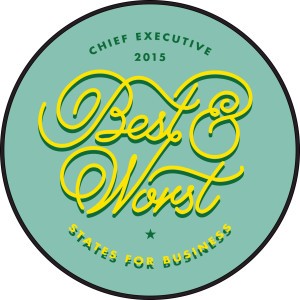


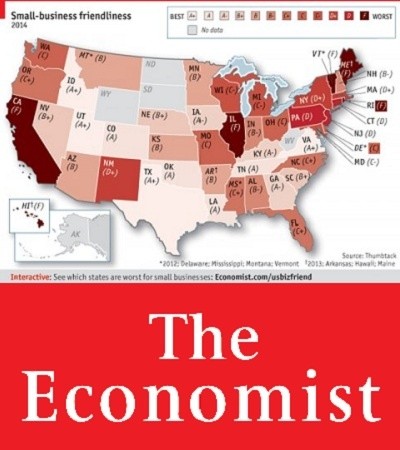
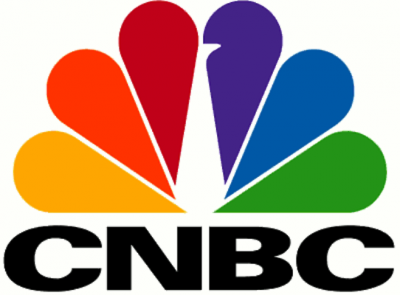

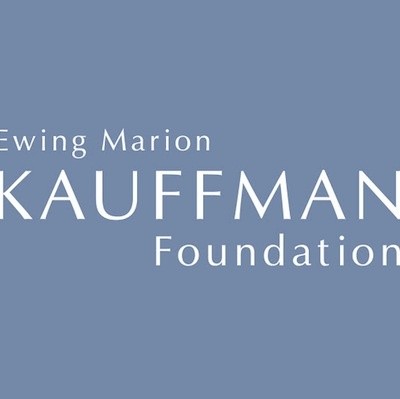
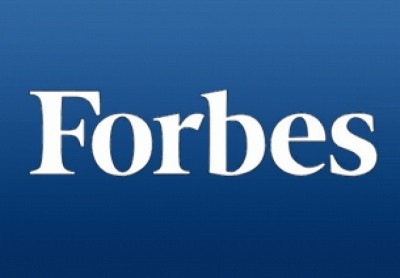












 Delivered Free Every
Delivered Free Every
Follow us on Pinterest Google + Facebook Twitter See It Read It